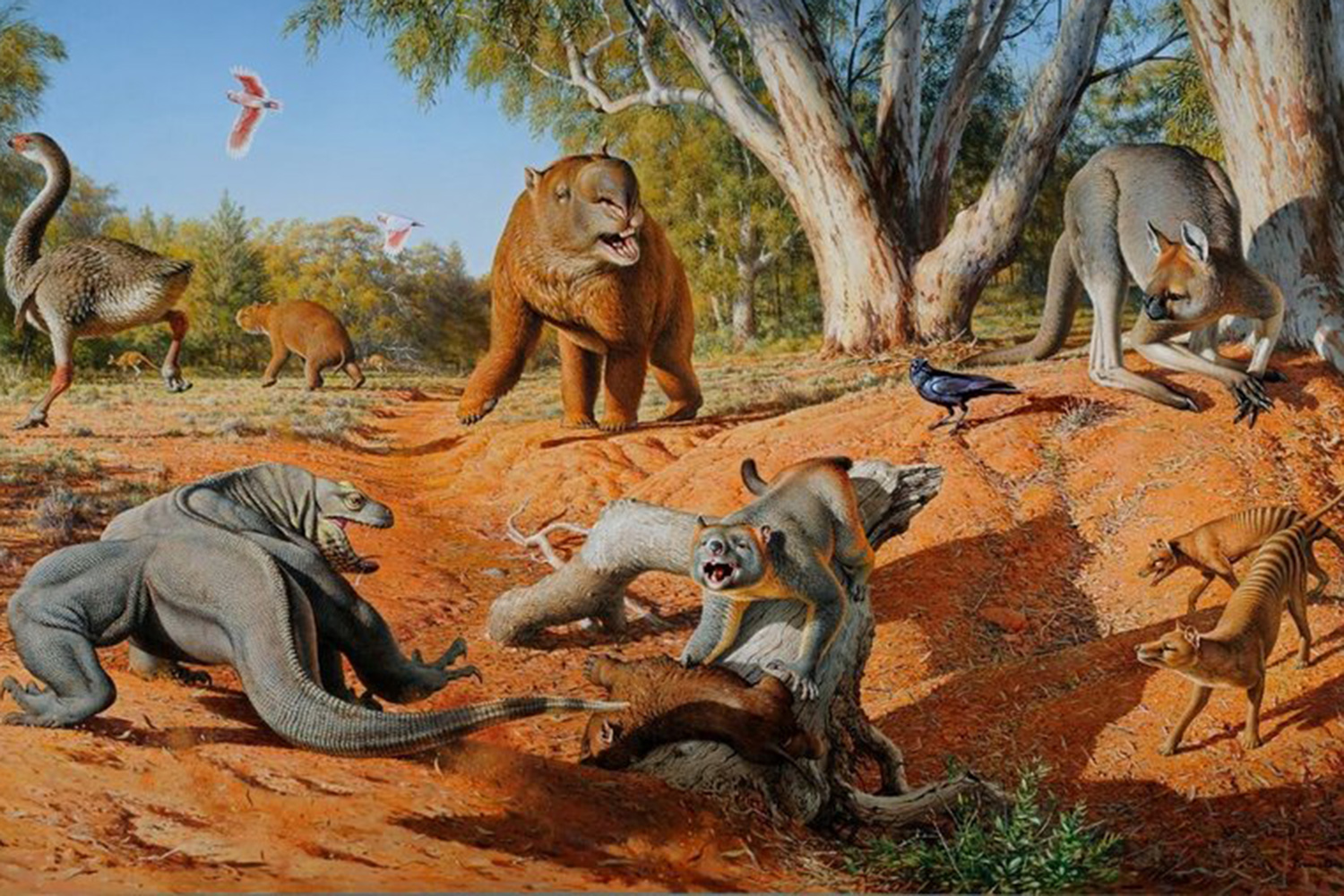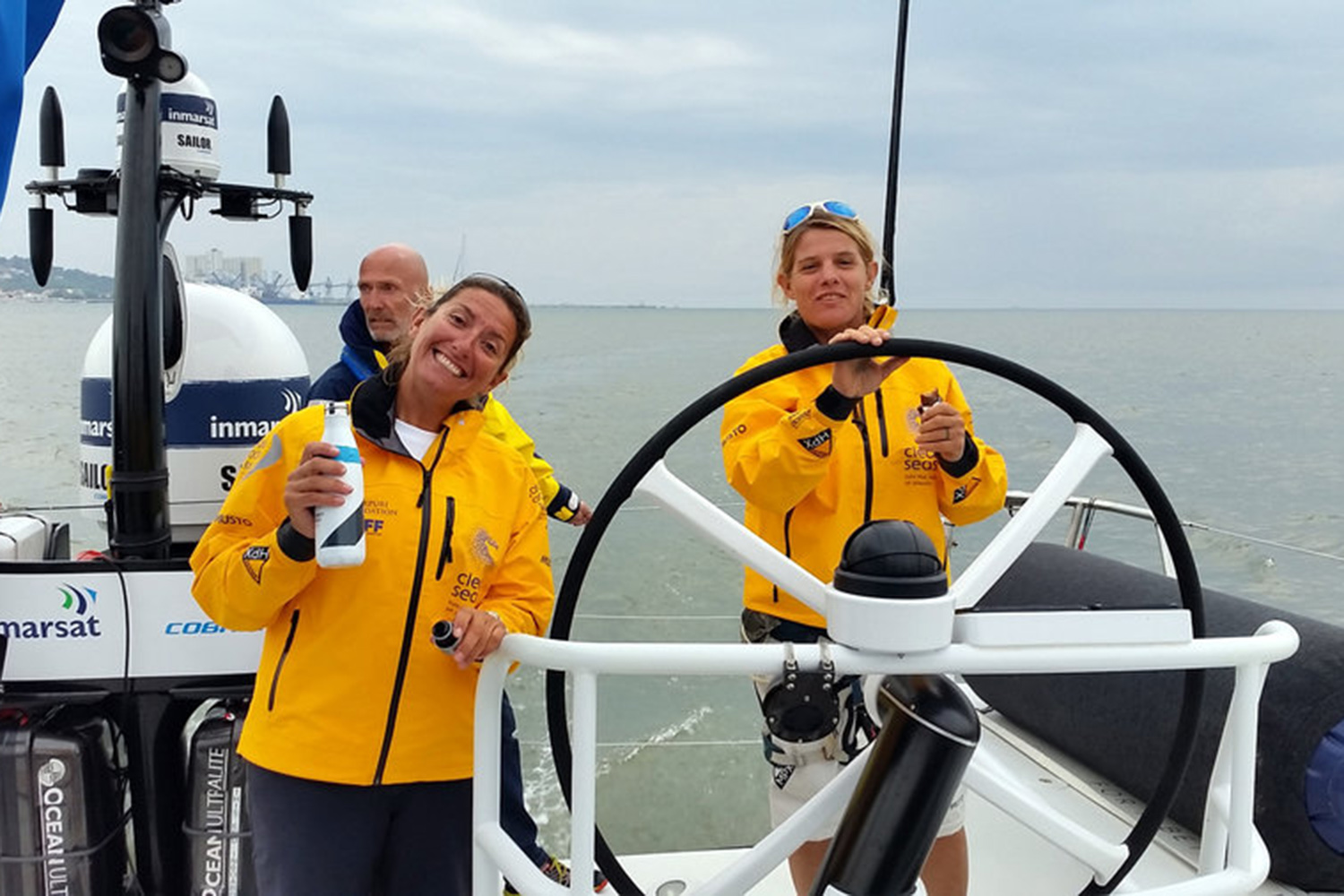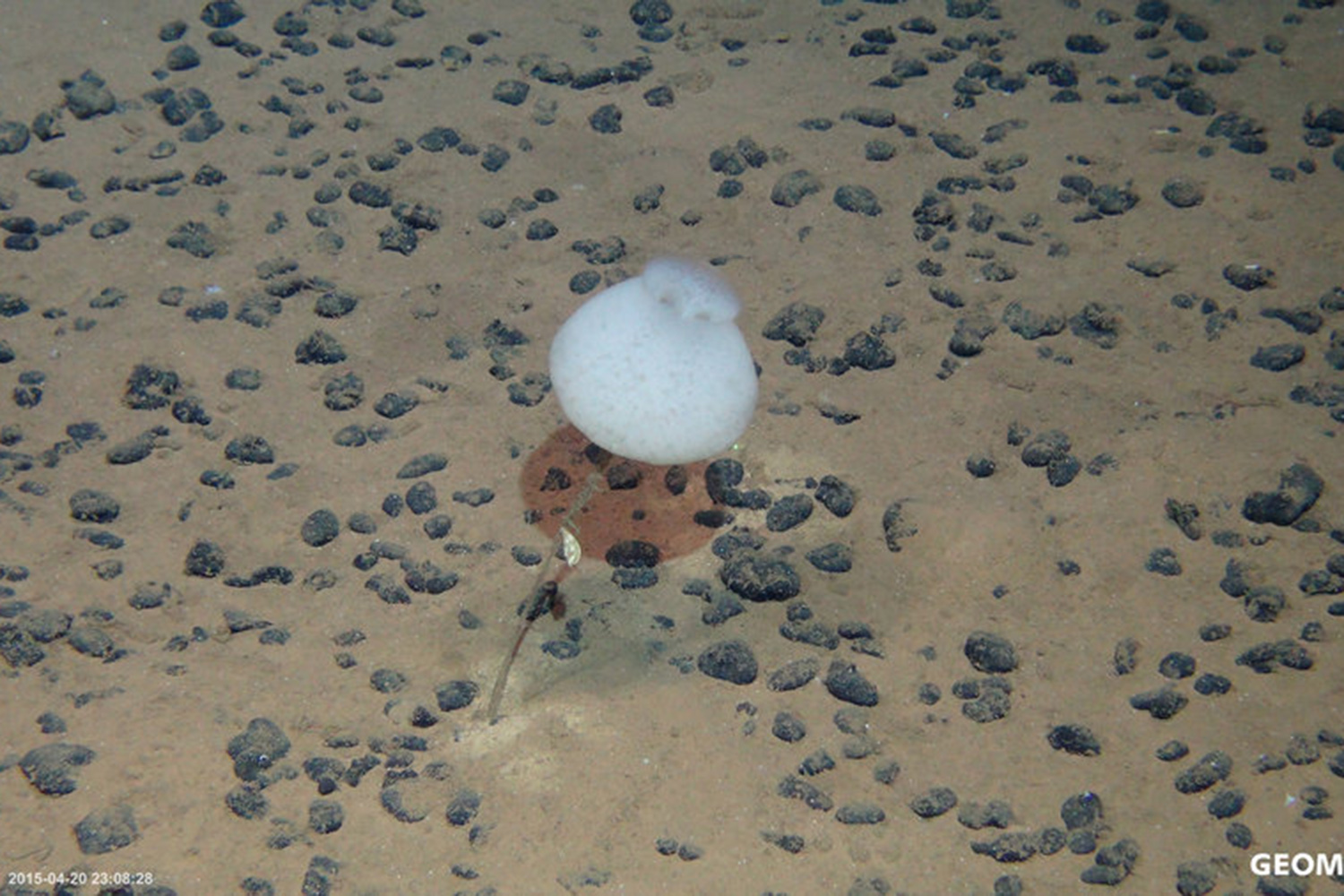Gigantic running-birds, meter-long lizards, giant kangaroos - a diverse and commonly very large wildlife populated the Australian continent during the Pleistocene. At approximately 45,000 years ago, this so-called Megafauna disappeared . The reasons for this mass extinction and its exact timing are controversially discussed. "Both, humans who invaded the continent at that time as well as climatic changes were quoted as potential causes", says the paleoceanographer Prof. Dr. Dirk Nuernberg from GEOMAR Helmholtz Centre for Ocean Research Kiel.
Recently, an international research team published a study in the journal Nature Communications pointing out that humans played a decisive role for the Megafauna mass extinction on the Australian continent at the end of the Pleistocene. "Our analyses precisely indicate that the disappearance of the Megafauna in southwest Australia took place between 45,000 and 43,100 years before present-day. This time interval was neither associated with major changes in climate nor in vegetation. But it is synchronous with the rapid spread of humans in Australia and the related hunting of the Megafauna ", Professor Nuernberg explains, the co-author of the study.
Researchers from Australia, the USA, Germany and The Netherlands examined a sediment core that originates from the deep sea off the coast of Southwest Australia. Dr. Joachim Schoenfeld from GEOMAR, also co-author of the new study, and Professor Nuernberg recovered the core in 2003 during an expedition with the French research vessel MARION DUFRESNE in the framework of the IMAGES project, funded by the German Research Foundation. Since then, the core was stored in the central core repository of GEOMAR at Kiel, and underwent manifold analyses.
"The sea floor is like a huge archive that stores information about past environmental conditions. We can read this information by applying complex analytical techniques and are able to reconstruct the past ocean and climate conditions at high accuracy", Dr. Joachim Schönfeld explains. Within the deep sea sediments the scientists found traces of the dung fungus Sporormiella, which lives on the faeces of herbivores and hence, is a secure indication for the occurrence of Megafauna. Overall, the data obtained from this sediment core from southwestern Australia provide detailed information about environmental changes in the region across the past 150,000 years in an unprecedented temporal resolution.
The data implied that the Megafauna was extinct within 2,000 years after the appearance of humans on the Australian continent. This is a very short period of time for any environmental processes and suggests a direct relationship between human invasion and Megafauna extinction, the scientists stated.
"Our results appear even more topical when having in mind that sustainable use of natural resources, and environmental protection are urgent issues of our modern society", Dr. Schönfeld emphasizes.
Reference:
van der Kaars, S., G. Miller, C. Turney, E. J. Cook, D. Nürnberg, J. Schönfeld, A. P. Kershaw, S. Lehman, (2017): Megafaunal Population Collapse within 2,000 years of Human Dispersal across Pleistocene Australia. Nature Communications, doi:10.1038/ncomms14142
Note:
The study included scientists from Monash University (Melbourne, Australia), University of New South Wales (Sydney, Australia), University of Colorado (USA), GEOMAR Helmholtz Center for Ocean Research Kiel and Vrije Universiteit Amsterdam Netherlands).
Contact:
Jan Steffen (GEOMAR, Communication & Media), Tel.: 0431 600-2811, presse@geomar.de
…



